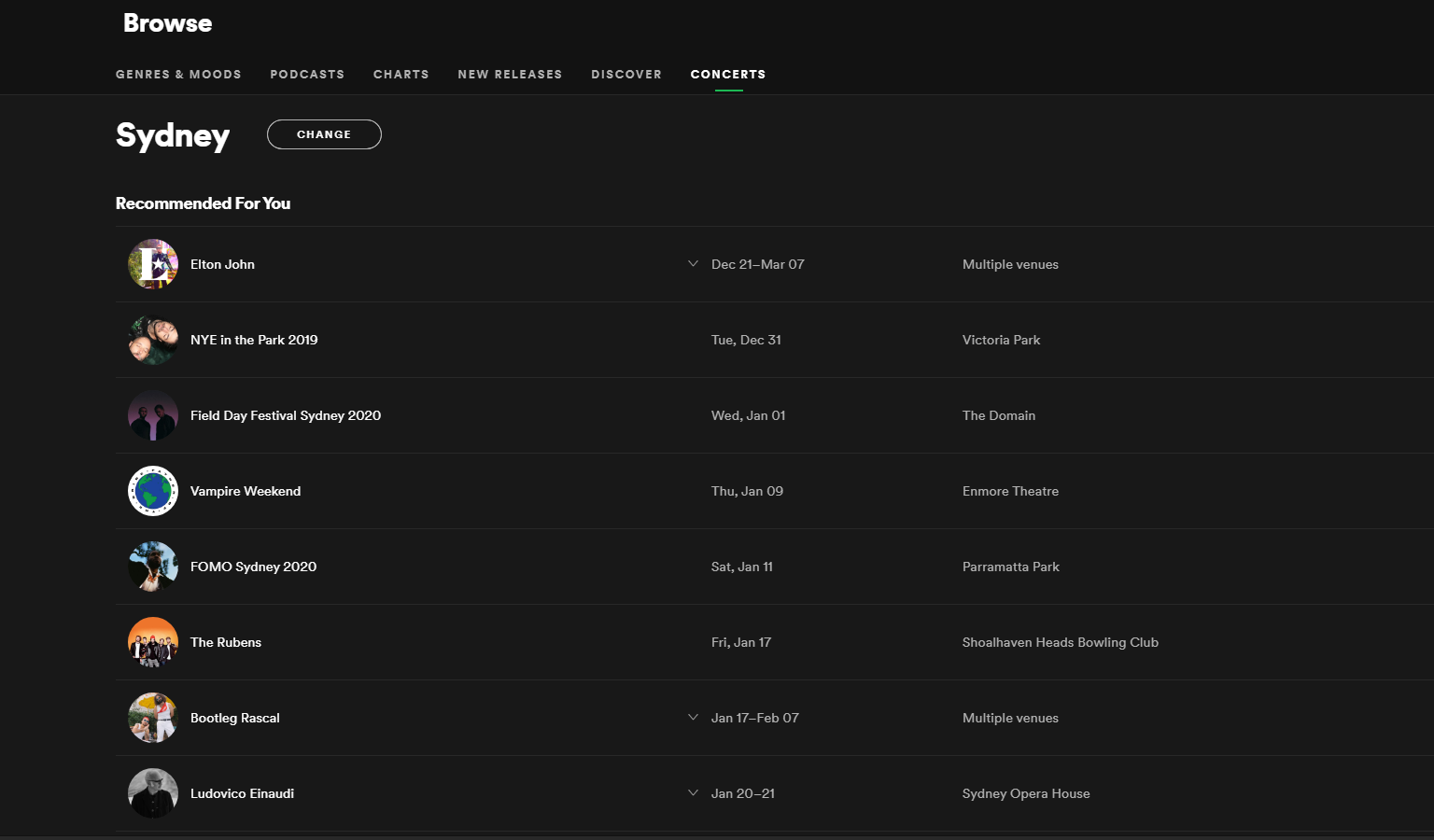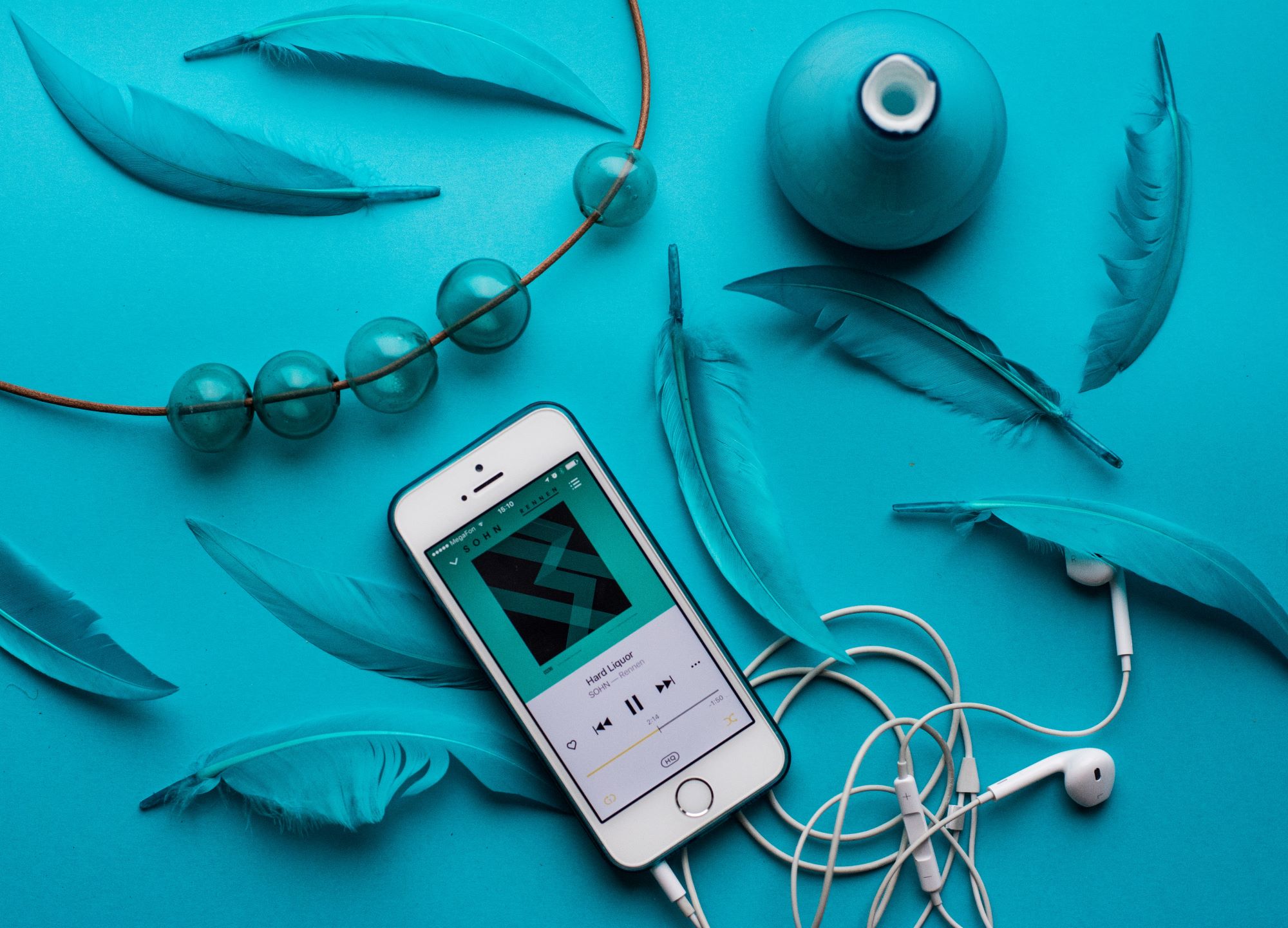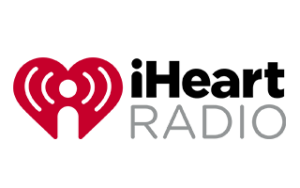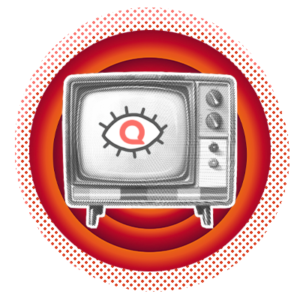Spotify is still the best but Apple Music and Tidal are tied for second place.
The best music streaming app in Australia
A lot of music streaming services have come and gone over the past decade. Pour one out for our on-demand audio apps that didn’t make it to the end of the decade: Groove, Guvara and Rara are just a few of the music streaming services that didn’t survive the audition over the last 10 years. The ones that did are all household names now. Apple Music, Tidal and Amazon Prime Music Unlimited all share a decent slice of the music streaming market but none have managed to come up against the on-demand pioneer Spotify.
As successful as Spotify is, it’s not necessarily the most suitable choice for everyone. Apple fans seem to have a bottomless reservoir of brand loyalty as it stands but they also get some attractive offers when it comes to Apple Music (like an extensive free trial program). And while Tidal might sound like an unnecessary luxury for most of us, audio nuts will pay the premium for its superior sound quality and exclusive access to original podcasts.
Let’s tune in and see if we can find the right frequency for you when it comes to the best music streaming services around.
Looking for more streaming? Check out our guide to the best streaming services in Australia.
What’s the best music streaming service?
Spotify still the strongest
While there’s a case to be made for niche users on Apple Music and Tidal, Spotify remains the best music streaming choice for everyday users. It has dedicated apps for most popular devices, it’s sold at a reasonable $11.99 per month and features discounts for students and multi-device family plans that come with parental control options. Plus, it has a whopping 3-month free trial so you can really get to know the service before committing.
Spotify also scores the highest when it comes to smart speaker/assistant support, with complete functionality on Google Home, Sonos and Amazon Echo.
Its recommendation algorithm may not be watertight, but in our experience, it’s one of the most reliable and user-friendly out of the bunch. Spotify’s ‘Made For You’ playlists deliver a healthy mix of tracks you already enjoy, mixed in with new artists based on your genre and mood profile.
On top of all that, there’s everything we didn’t include in our scoring matrix; the little flourishes that make Spotify unique such as it’s yearly ‘Wrapped’ feature, which celebrates your year in musical taste with dense statistics on your most listened to artists, albums and more. There’s even its own ‘Concerts’ feature, which lets you know about upcoming gigs based on your listening trends.

There are some downsides. Despite its market-leading position, Spotify still hasn’t released a high-quality lossless plan tier. Even music streaming underdogs Deezer and Amazon Music have launched their own HiFi plans, so it’s strange Spotify hasn’t jumped on board.
Spotify briefly split-tested lossless audio back in 2017 but there’s still no word on whether the feature will be available to users in the future.
Lastly, Spotify also ranks as one of the lowest-paying music streaming services according to estimates, second-last to Amazon Music Unlimited. Sure, artists are guaranteed more streams but market analysis website Visual Capitalist estimates that it takes 229 Spotify streams for an artist to earn a single dollar. Spotify is far from the worst (it’s YouTube by a long shot), but it’s still peanuts. Napster (not available in Australia) and Tidal currently have the largest estimated payouts for artists.
Best free music streaming service
Lot of love for iHeartRadio
When it comes to the best free music streaming service in Australia, it’s neck and neck between Deezer and iHeartRadio. Deezer offers an “infinite flow” playlist, as well as genre and album playlists with 6 track skips per hour and advertisements in-between streams.
Deezer offers more skips, with 6 per hour on any playlist. iHeartRadio offers 6 skips per hour on each Artist Radio playlist but caps out at 15 skips per day.
Deezer is a solid option but it’s just not as fully-featured in Australia as it is in other countries, and skip as much as you like, the ads won’t stop coming. In Australia, iHeartRadio doesn’t break up your streams with ads. Sure, there’ll be ads if you choose to listen to a radio station, such as KIIS 1065 that already runs ads, but when it comes to Artist Playlists (playlists themed around popular artists like Post Malone) you’re only limited by skips.
You’ll also find some of the world’s most popular podcasts on iHeartRadio, such as The Daily from New York Times, Stuff You Should Know and The Breakfast Club.
As far as free music streaming services go, iHeartRadio is one of the best. The only downside is that you run the risk of human trashcan Kyle Sandiland on iHeartRadio. Best to keep your wits about you.
What’s the best music streaming service for iOS and Android?
We get asked this question a lot. Many people will recommend Apple Music for iOS users and Spotify or Google Play Music for Android users. The thing is, Spotify is still the best choice for iPhone users.
Mac and iPhone users will get a better experience out of Apple Music than somebody using PC and Android, but that doesn’t mean it’s the best choice.
There are a couple of reasons you might prefer Apple Music over Spotify as an iOS/macOS user though.
For example, if you already own a HomePod speaker, Apple Music is your only option for full voice-supported music streaming (Siri doesn’t support third-party music streaming services).
Maybe you just want to keep your iTunes purchases in the same place and keep all of your wheeling and dealing under one ecosystem. Also fine.
However, that doesn’t make Apple Music the best choice for Apple users, it just works better on those devices.

How much data does music streaming use?
Essentially, the better the stream, the more data your music streaming will use. Music streaming quality is typically anywhere between 96kbps (low quality) or 320kbps (high quality). In low quality, you will only use roughly 43.2MB per hour. In high quality, you might use up to 115.2MB per hour. Select streaming services have high-fidelity lossless streaming, which uses even more data.
Here’s how much data you will use at every quality tier:
- Low-quality 96kbps: 43.2MB p/hour
- Medium quality: 160kbps: 72MB p/hour
- High-quality 320kbps: 115.2MB p/hour
- HiFi 1411kbps: 330MB p/hour
Our methodology
How we scored each music streaming service
We compared the 6 major paid services available in Australia: Spotify, Apple Music, Amazon Music Unlimited, Tidal, Google Play Music and Deezer and split out the two available HiFi plans from Tidal and Deezer as separate entries.
We also analysed the free versions of iHeartRadio and Deezer but did not give them a star-rating as it wasn’t a fair comparison against paid services. We also couldn’t include iHeartRadio’s paid tiers, Plus and All Access, as they aren’t available in Australia.
We gave each service a score out of 5, or a binary yes/no score, for the following categories:
- Monthly Price (Basic, Family and Student Discount)
- Free version
- Free trial period
- Max Bitrate (Kbps)
- Number of devices
- Artist payment estimate
- Downloads (Offline Listening)
- Lossless (High-Fidelity)
- Podcasts
- Radio stations
- Music video
- Music locker (MP3)
- Smart Speaker supper (Google Home, Apple HomePod, Sonos, Amazon Echo)
Related Articles











